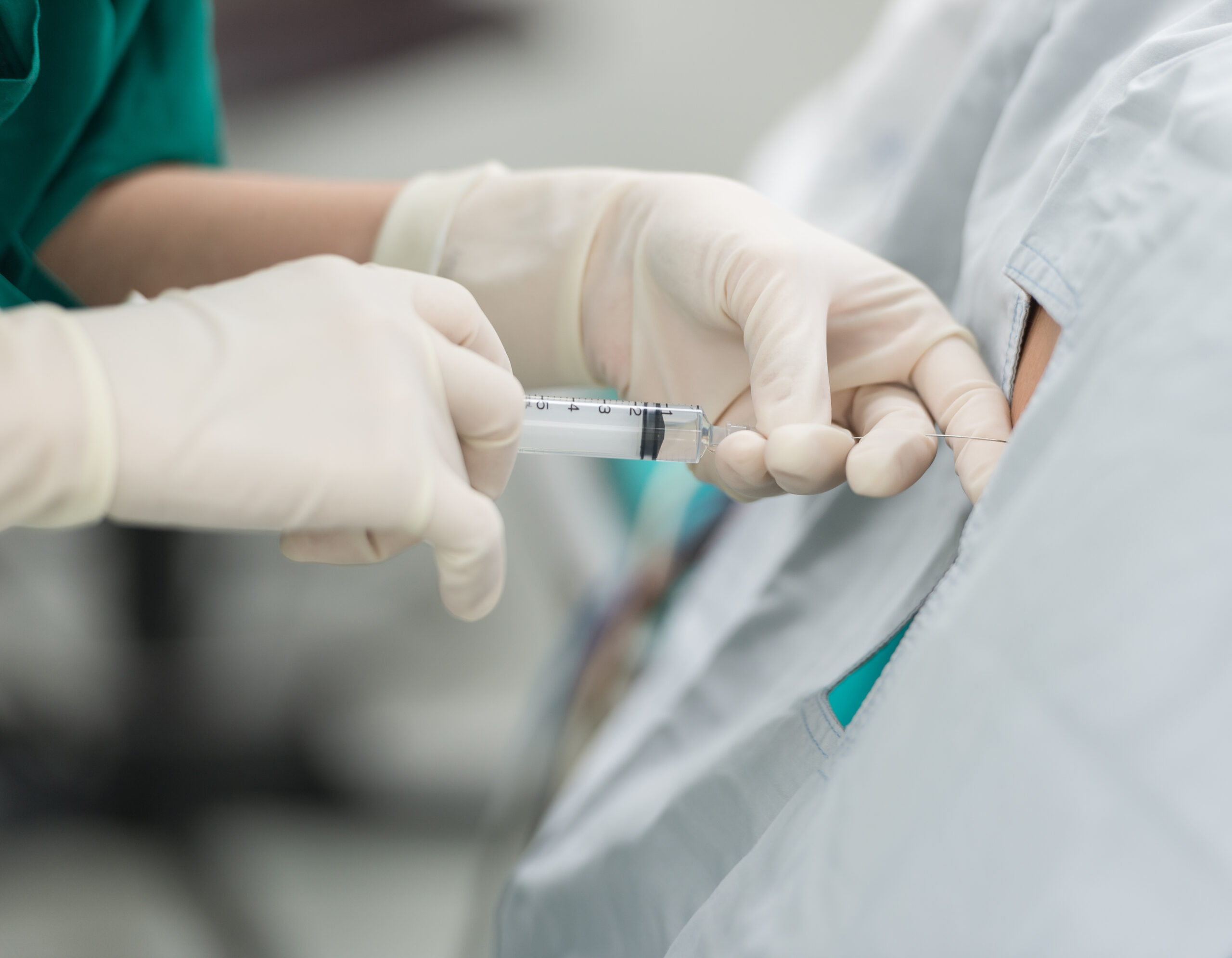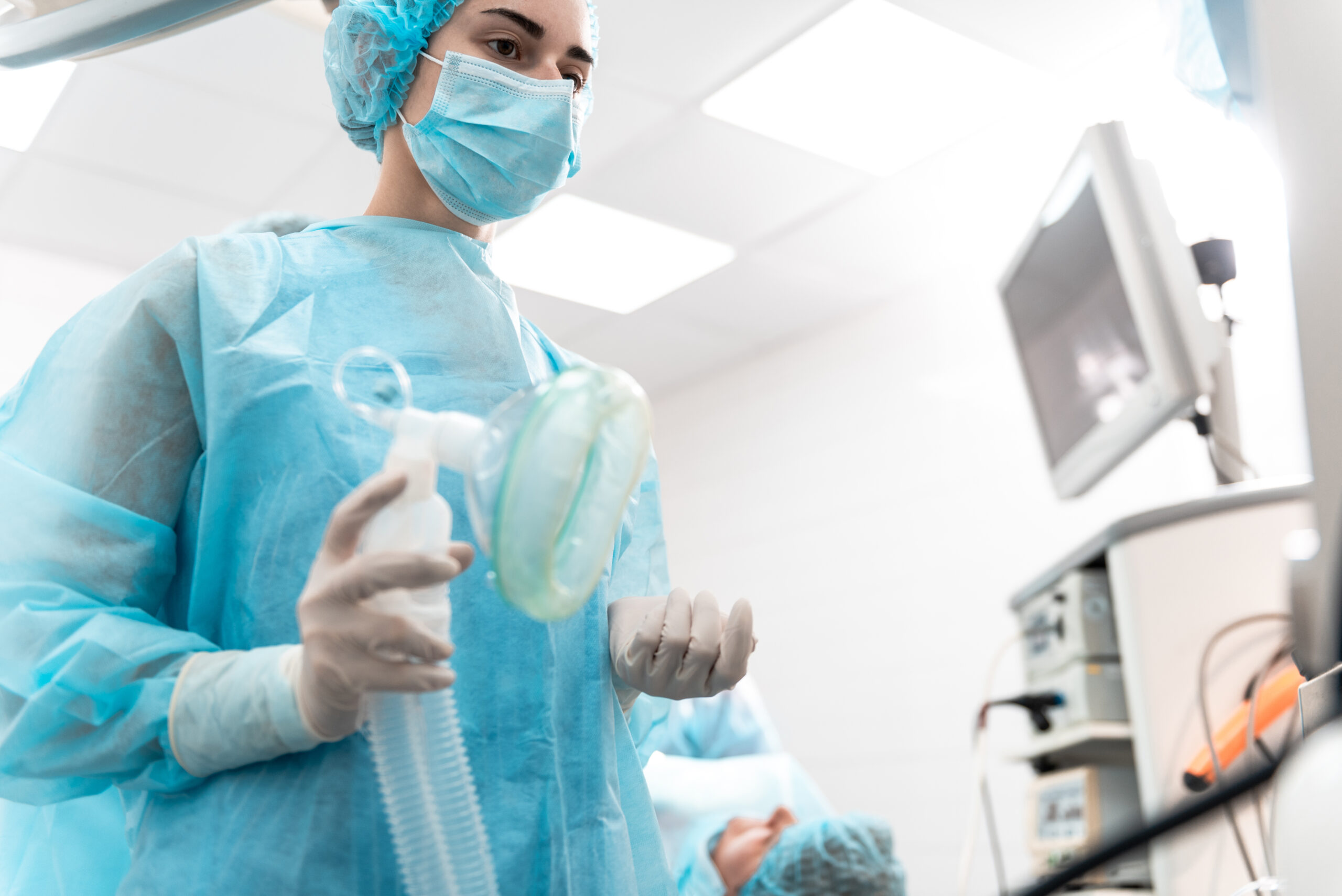Surgery often involves breaking the protective barrier of the skin in order to access underlying tissues. Combined with the physiological stress of surgery and anesthesia, patients have an elevated risk of infection, which can slow recovery and cause complications. As a result, perioperative disinfection is critical to optimizing outcomes. In modern surgery, measures are taken by clinicians before, during, and immediately after the procedure to drastically reduce the risk of infection. However, many patients may need to undertake disinfection practices at home while recovering after surgery.
The Centers for Disease Control and Prevention (CDC) defines a surgical site infection (SSI) as objective evidence of infection in the skin and subcutaneous tissue of and surrounding the surgical or operative incision, with onset within 30 days of the operative procedure.1 The global pooled incidence of SSI is reported at 2.5% (95% confidence interval [CI]: 1.6 – 3.7).2 There is a large morbidity as well as financial burden associated with SSI. In a 2023 retrospective analysis, the total incremental cost associated with SSI was $18,626 for Medicare patients and $20,979 for Premier patients.3 Thankfully, there are multiple steps which can be taken to avoid the risk of SSI after surgery, including disinfection measures which can be effectuated at home.
SSIs are caused by the introduction of pathogenic bacteria into the healing tissue, with one study estimating an approximate 70–95% of causative organisms being flora endogenous to the patient.4 Risk factors predisposing to increased risk of SSI reflect factors associated with an impaired immune response to pathogenic introduction, including older age, obesity, diabetes, and immunosuppression.5
Unfortunately, there is a lack of specific guidelines which exist for patients to reference in the post-operative period, which can make the process confusing.6 Largely, the best way to prevent SSI will be, ultimately, to adhere closely to wound care instructions offered prior to discharge from the hospital or surgical care center, following an operation.7 In regards to broad disinfection measures which can be employed at home after surgery, proper handwashing techniques have been suggested—especially when associated with potential introduction to fecal matter (e.g., when using the bathroom or changing a diaper).8 Additional actions include avoiding the introduction of water to the surgical incision site until permitted by discharge instructions, wearing clean clothing, and minimizing contact with other sources that may introduce potentially pathogenic bacteria to the healing surgical site. The latter may take the form of minimizing contact with household animals and keeping the home as clean as possible.8
An often overlooked factor in at-home care after surgery is refraining from the use of tobacco in the acute post-operative period.9 In a 2022, propensity-matched cohort study, researchers found that cigarette smoking portended a greater risk of SSI (odds ratio 1.31, 95% CI: 1.28-1.34).10 Cigarette smoking is associated with smoking-mediated immunopathology—namely, impaired immune function and response to pathogens.11
Given the understanding of the pathophysiology and mechanism by which SSIs develop, various disinfection and prevention strategies have been developed to mitigate one’s risk of SSI after surgery while recovering at home. To optimize recovery after surgery, it is essential that patients follow post-operative wound care instructions given by their surgeon.
References
1. United States Centers for Disease Control. Surgical site infection event (SSI). Natl Healthc Saf Netw. Published online January 2025. https://www.cdc.gov/nhsn/pdfs/pscmanual/9pscssicurrent.pdf
2. Mengistu DA, Alemu A, Abdukadir AA, et al. Global Incidence of Surgical Site Infection Among Patients: Systematic Review and Meta-Analysis. Inq J Med Care Organ Provis Financ. 2023;60:469580231162549. doi:10.1177/00469580231162549
3. Hou Y, Collinsworth A, Hasa F, Griffin L. Incidence and impact of surgical site infections on length of stay and cost of care for patients undergoing open procedures. Surg Open Sci. 2023;11:1-18. doi:10.1016/j.sopen.2022.10.004
4. Wenzel RP. Surgical site infections and the microbiome: An updated perspective. Infect Control Hosp Epidemiol. 2019;40(05):590-596. doi:10.1017/ice.2018.363
5. Seidelman JL, Mantyh CR, Anderson DJ. Surgical Site Infection Prevention: A Review. JAMA. 2023;329(3):244. doi:10.1001/jama.2022.24075
6. World Health Organization. Global Guidelines for the Prevention of Surgical Site Infection. 2nd ed. World Health Organization; 2018. Accessed January 12, 2025. https://iris.who.int/handle/10665/277399
7. Johns Hopkins Medicine. Surgical site infections. Johns Hopkins Med. Published online 2025. https://www.hopkinsmedicine.org/health/conditions-and-diseases/surgical-site-infections
8. University of Michigan – Michigan Medicine. What can patients and families do to prevent infections from surgery? Published online 2025. https://www.med.umich.edu/1libr/InfectionControl/SurgicalInfectionHandout.pdf
9. University of Virginia Health. Infection after surgery: Signs & prevention. Univ Va Health. Published online 2025. https://uvahealth.com/services/surgery/prevent-infection
10. Fan Chiang YH, Lee YW, Lam F, Liao CC, Chang CC, Lin CS. Smoking increases the risk of postoperative wound complications: A propensity score-matched cohort study. Int Wound J. 2023;20(2):391-402. doi:10.1111/iwj.13887
11. Qiu F, Liang CL, Liu H, et al. Impacts of cigarette smoking on immune responsiveness: Up and down or upside down? Oncotarget. 2017;8(1):268-284. doi:10.18632/oncotarget.13613

